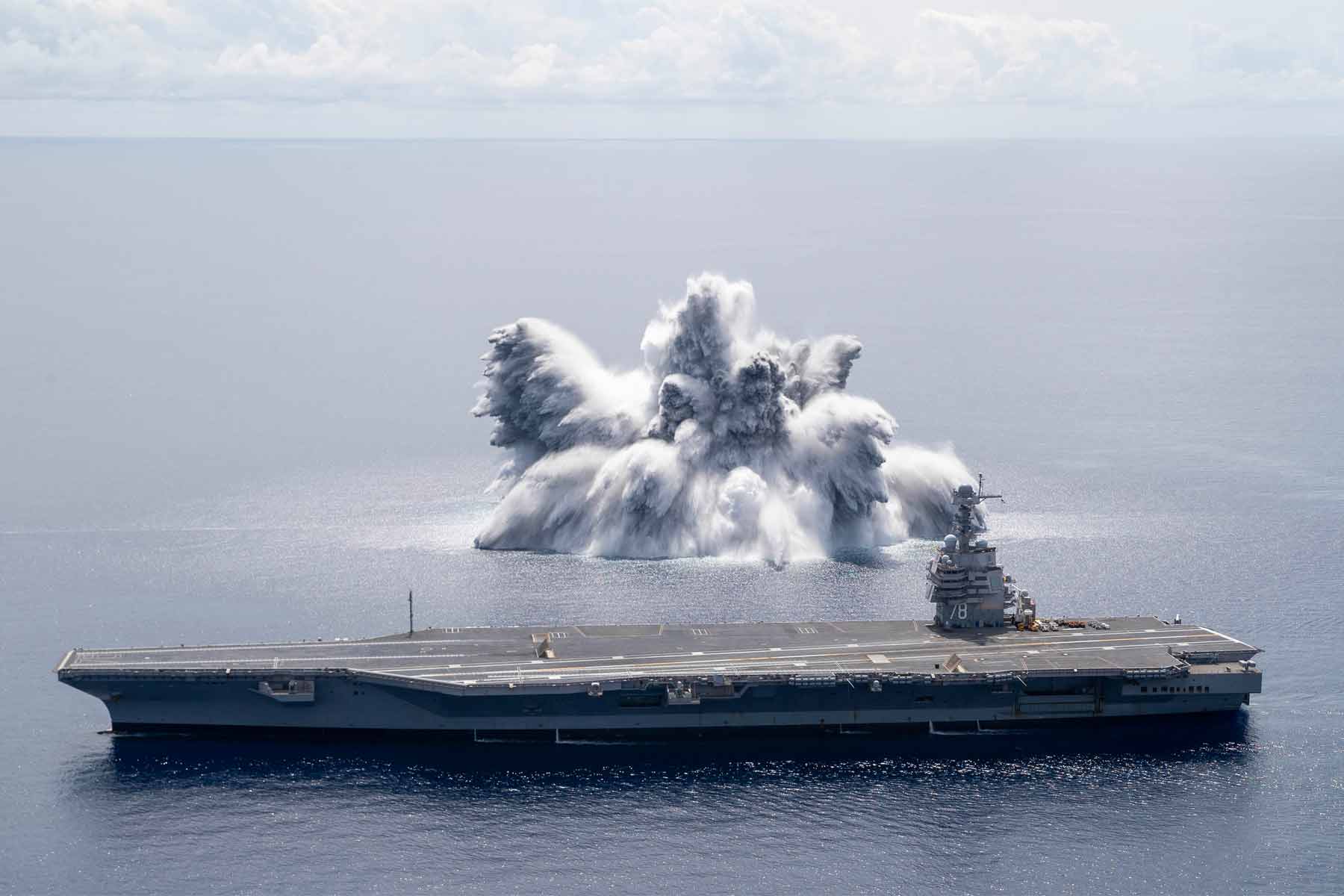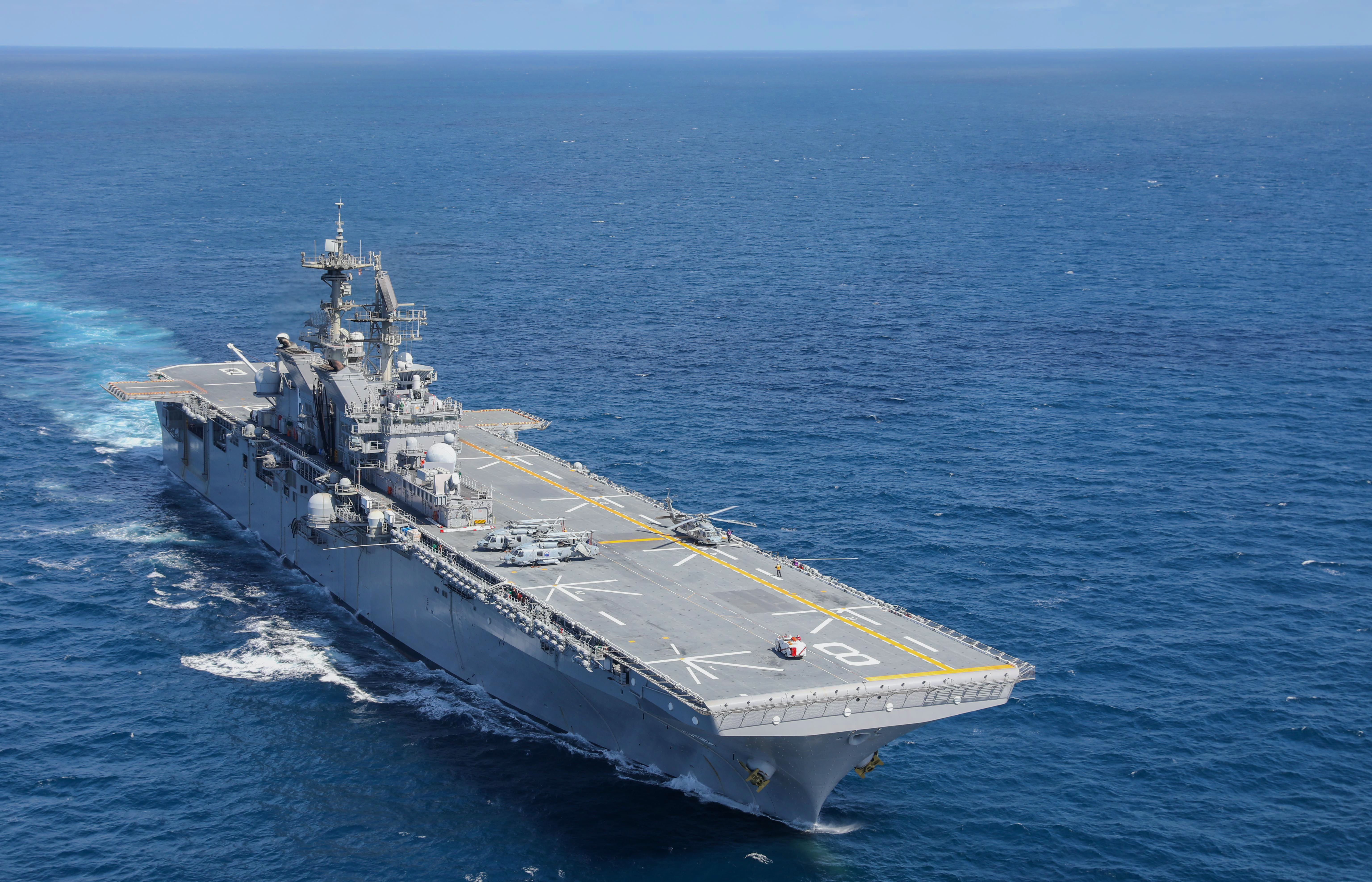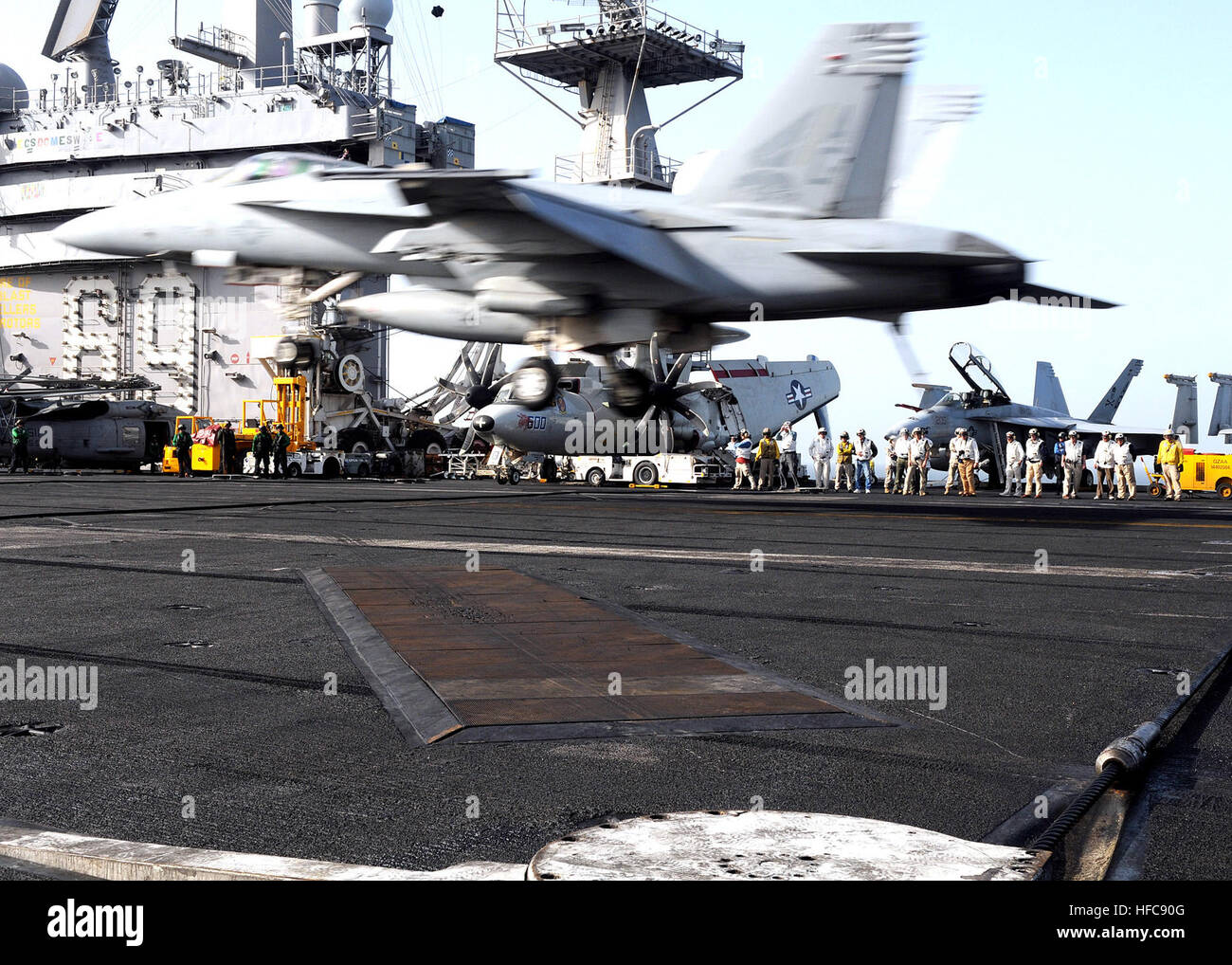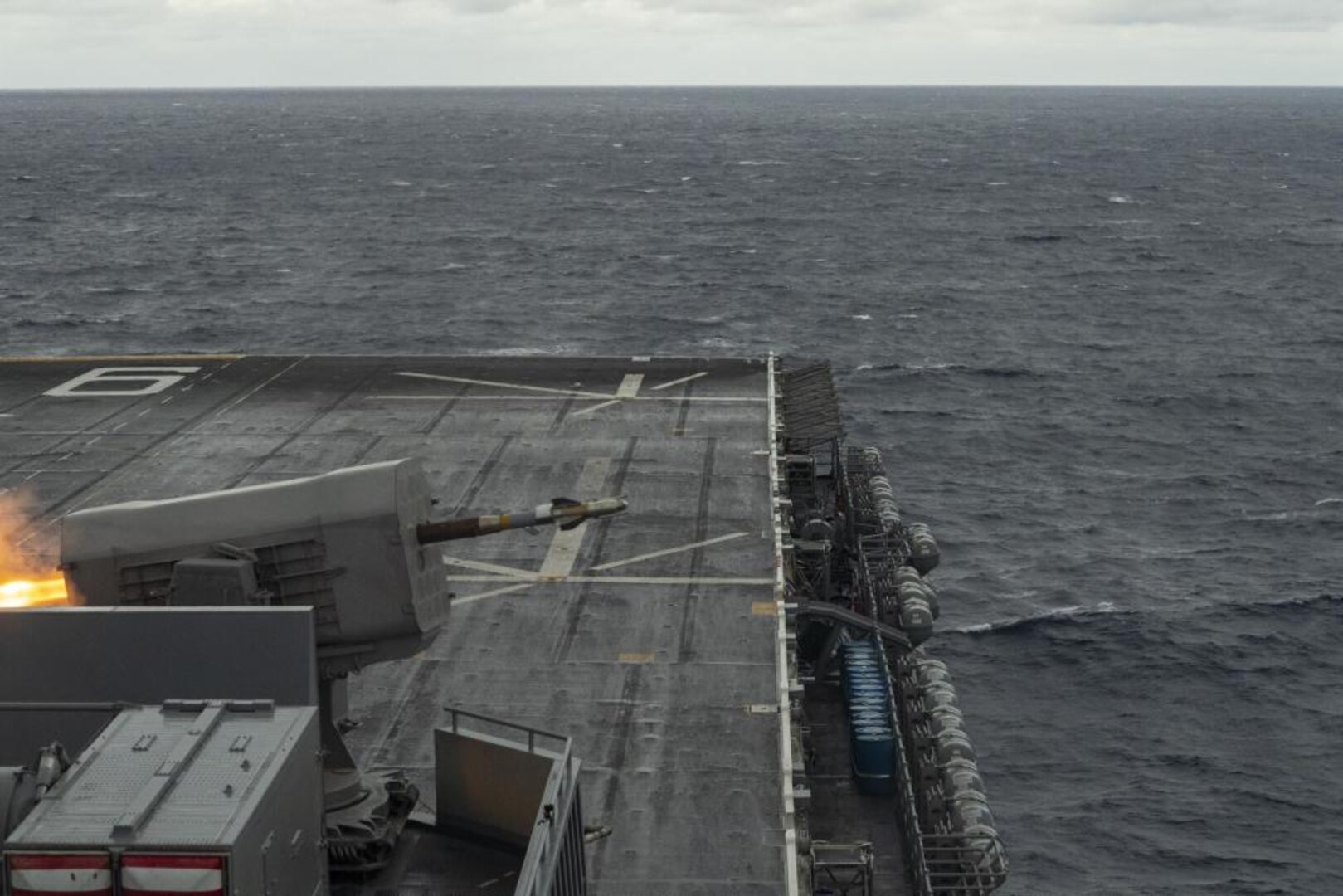Aircraft Carrier Brig - brig, two-masted sailing ship with square rigging on both masts. Brigs were used for both naval and mercantile purposes. As merchant vessels, they plied mostly coastal trading routes, but oceanic voyages were not uncommon; some brigs were even used for whaling and sealing.
Naval brigs carried a battery of 10 to 20 guns on a single deck. In the great European navies of the 18th and 19th centuries, they served as couriers for battle fleets and as training vessels for cadets.
Aircraft Carrier Brig

In the early U.S. Navy, brigs acquired distinction during the War of 1812 in small fleet engagements on the Great Lakes and as merchant raiders in the Atlantic. And in case you think that an upcoming battle earns some leeway for misbehavior, you'd best keep in mind that heading towards a fight won't keep a sailor from getting tossed in the brig.
In the book "Miracle at Midway," historian Gordon Prange related how Marc Mitscher, captain of the aircraft carrier USS Hornet (CV 8), threw a couple of sailors in the brig for minor infractions prior to the Battle of Midway.
Last week, Vice Adm. William McRaven, the next head of the U.S. Special Operations Command, testified that ever since the Obama team effectively barred detainee transfers to Guantanamo Bay, terrorist suspects taken captive outside Afghanistan or Iraq would be briefly held aboard "a naval vessel."
This is the U.S.S. Boxer. A big-deck amphibious assault ship, the "Golden Gator" displaces about 40,500 tons and provides a working home for more than 2,000 troops. Recently, its brig held a less likely passenger, Danger Room has confirmed: Ahmed Abdulkadir Warsame, a Somali whom the United States just charged with supporting al-Shabaab and al-Qaida in the Arabian Peninsula.
© 2023 Condé Nast. All rights reserved. Use of this site constitutes acceptance of our User Agreement and Privacy Policy and Cookie Statement and Your California Privacy Rights. WIRED may earn a portion of sales from products that are purchased through our site as part of our Affiliate Partnerships with retailers.
The material on this site may not be reproduced, distributed, transmitted, cached or otherwise used, except with the prior written permission of Condé Nast. Ad Choices There is reason to suspect that Warsame is not the last detainee held on a ship.
After a U.S. drone strike on Shebaab targets in Somalia on Friday, the country's defense minister said that commandos "retrieve[d] the bodies of dead or wounded militants." Obama officials deny it, but there could be other wars in Navy brigs.

"Even though [smaller] ships have this ability, if you want to have a real prison, you need a larger ship," says Eric Wertheim, who edits the authoritative Combat Fleets of The World for the U.S. Naval Institute.
"Also, you have to look at what ships are needed for other duties, and how it affects the main mission of the ship. If it's a small ship, and you've got a lot of [detainees], it's gonna have a big
impact" Now, when you're deployed to the Middle East, Mediterranean, or some other hot spot, it's hard to ship the guy (or gal) back to the States to lock them up. So, on carriers and other large ships, the jail is brought with them - and it's called the brig.
As it turned out, McRaven secretly already had Warsame detained in precisely that manner, according to Warsame's indictment in federal court. Warsame, intercepted in the Gulf of Aden, had been floating out there for more than two months;
Danger Room isn't sure how much time he spent on the Boxer, whose crew did not return an e-mail seeking comment. (The Boxer's involvement was first asserted by Danger Room pal Raymond Pritchett, but we confirmed it independently.)
In many cases where that is necessary, the sailors are sent to the brig after what is known as a "Captain's Mast," which is covered under Article 15 of the Uniform Code of Military Justice. According to Naval Orientation, the amount of time someone may be confined is limited.
The exact limits depend on the rank of the commanding officer and the rank of the accused. The chart below from the linked manual explains those limits. Out of the Navy's 286 ships, only its 11 aircraft carriers and 10 big-deck amphibious assault ships really have brigs to lock up potentially dangerous detainees.
Its destroyers, cruisers, subs, frigates and littoral combat ships lack the space necessary to operate more than a makeshift brig. They also lack the guards and medical support personnel to detain someone for months, as in Warsame's case.

Most sailors who go out on deployment don't get into trouble. Others may find themselves on the wrong side of the shore patrol, though. Much of that can be minor, and is usually addressed with a loss of pay, or placing a sailor on restriction.
But in some cases, that sailor needs to be confined. It's not hard to see why McRaven wouldn't be pleased. It's not just that most of the fleet isn't equipped for the detention mission. It's that the whole enterprise is an improvised, stopgap measure.
Since special operations forces snatch missions are classified, they surely involve keeping most of a ship's crew in the dark, all while diverting resources from its main mission. Then there's the complexity of getting experienced interrogators flown out to see to pry information out of the detainee.
Of course, in a pinch, the Navy has workarounds. In February 2009, the Navy placed 16 captured pirates aboard the supply ship *Lewis and Clark, *where about 20 Marines were tasked with guarding the mostly docile buccaneers.
The Navy called the arrangement a "temporary holding facility" en route to depositing the detainees at a Kenyan pirate court. Ironically, after the Lewis and Clark stopped holding its detainees, pirates chased it in May 2009.
And hovering over everything is the legal ambiguity and the potential for a PR or human-rights disaster. Obama administration lawyers could not tell reporters why detaining Warsame was legal. The Joint Special Operations Command is still smarting from its detainee abuse scandal at Iraq's brutal Camp Nama, and there are reports that it runs secret jails in Afghanistan, too.
Uncertain legal authorities, inappropriate facilities and seat-of-the-pants planning for detentions is a recipe for something going very, very wrong. The video clip below is from the 2008 documentary mini-series "Carrier," produced by Mel Gibson's production company.
It provides a tour of the brig on the nuclear-powered aircraft carrier USS Nimitz (CVN 68) as it was in 2005. Even on the large ships that have brig space for detainees, Christenson says, "extended" detentions -- "a month or something" -- are very rare.
"They'll transfer them to shore, get them in a big facility," he says. "They don't want to keep someone in a ship's brig for a long time." Unless Obama can reverse the drift of his detentions policy, they might have to.
It's either ironic or tragic: Obama's opposition to Guantanamo Bay has led to precisely the kind of ad hoc, legally murky detentions that created so many problems at Guantanamo. Now the Navy and special operations forces are effectively holding the bag.
"When someone is confined on surface ships," explains retired Rear Adm. Ronald Christenson, a former commander of the aircraft carrier Theodore Roosevelt, "they'll transfer him almost immediately to a big ship that does have a brig, or shore facilities that have those qualifications."
And an aircraft carrier's brig is only big enough for about "six to ten" detainees, Christenson adds.
where are the carriers deployed, aircraft carrier crew, uss ranger aircraft carrier history, largest carrier in the world, what is the brig like, aircraft carrier bridge layout, brig ship jail, biggest aircraft carrier in the world


